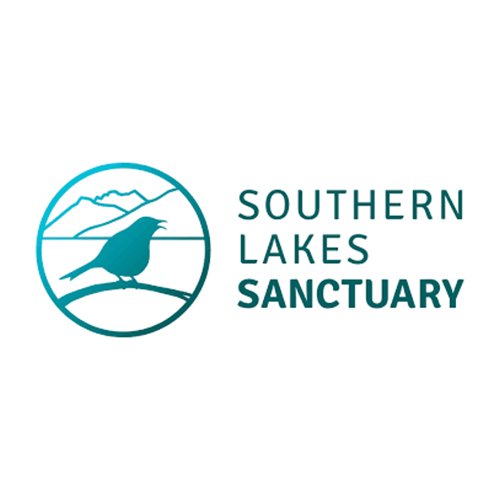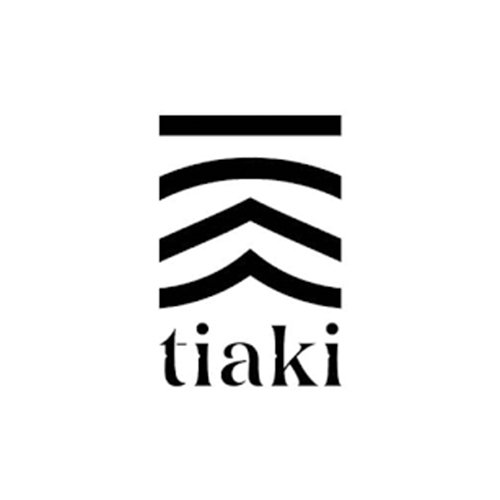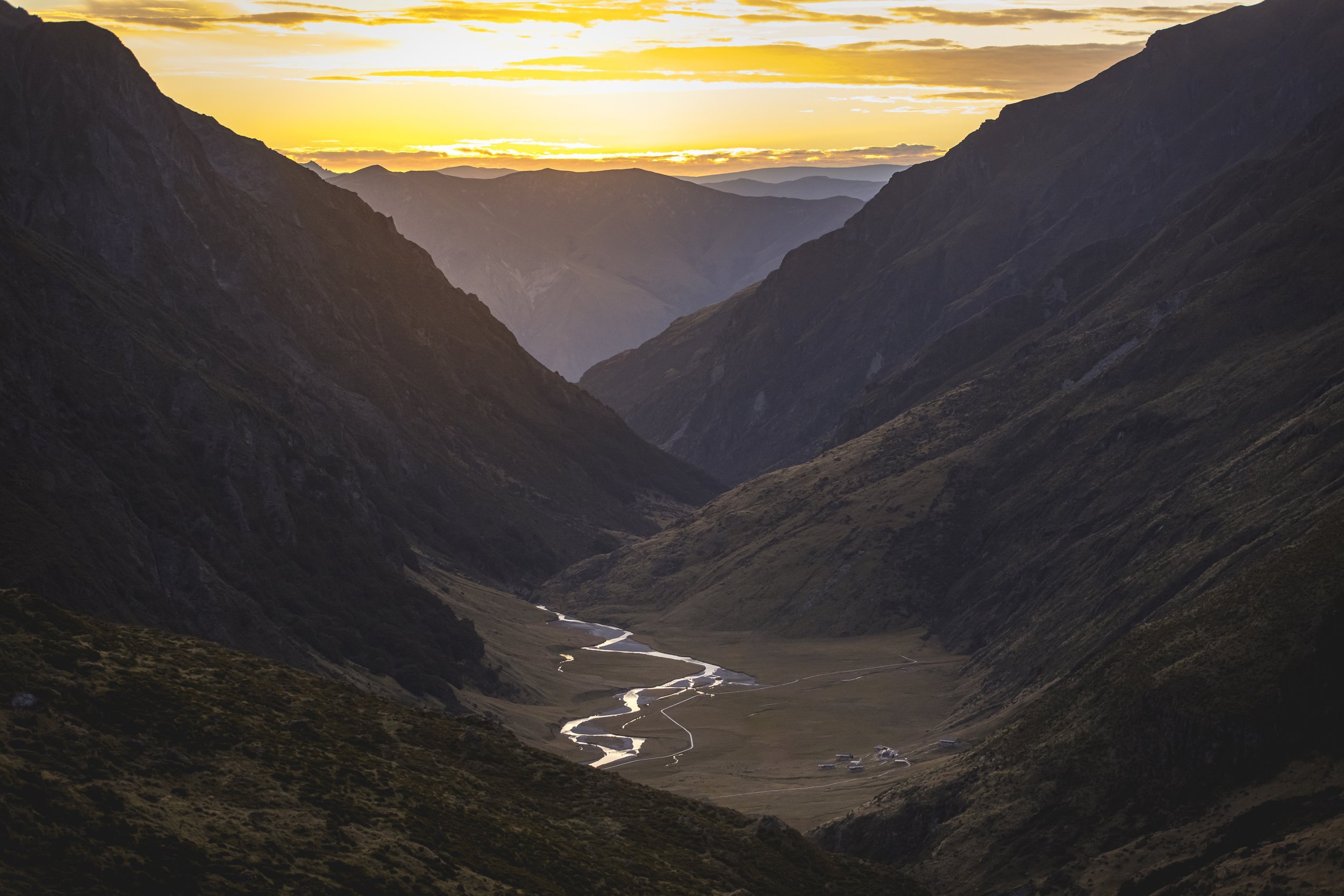To back up one's words with equivalent actions.
Walk the walk
The endangered kea is one of the most intelligent birds in the world, and favour the habitat throughout Minaret Station.
Protecting our land
At Minaret Station, we are privileged to be custodians of a unique and diverse ecosystem.
Our commitment to conservation and biodiversity is central to our operations. We strive to protect and restore the natural environment that makes this property so special.
Our short-term goal focuses on protecting the existing biodiversity, ensuring that the delicate balance of our ecosystem is maintained. We are home to six threatened or at-risk bird species, three regionally significant plants, and sixteen threatened plant species.
By implementing robust pest control measures and fostering a habitat where these species can thrive, we aim to preserve what we have before moving on to more extensive restoration efforts.
Our long-term vision is to create an environment that supports even greater biodiversity, with the reintroduction of threatened and vulnerable species.
Being stewards of this land is both an honour and a responsibility we take seriously to ensure that future generations will have the same opportunity, to experience the wonders of this natural landscape.
Many of New Zealand’s indigenous birds are being lost at a frightening rate. Minaret Station is home to 6 of these threatened or at risk species.
<10,000
SOUTH ISLAND
RIFLEMAN
<9,000
NEW ZEALAND
FALCON
<6000
KEA
<1,000
AUSTRALASIAN
CRESTED GREBE
<900
AUSTRALASIAN
BITTERN
UNK
ROCK WREN
*Source: New Zealand Birds Online, 2024, https://nzbirdsonline.org.nz/
Ancient forests line the river ways at Minaret Station, providing vital habitat for native fauna.
The New Zealand Falcon is a threatened species, with less than 9,000 birds remaining.
Wider impact
Minaret Station's commitment to conservation and biodiversity extends beyond its’ borders, creating a halo effect that enriches the surrounding environment.
Nestled on the inaccessible western shores of Lake Wanaka, our 50,000-acre property is vital for flora and fauna. Our work not only protects and restores habitat within Minaret Station, but also supports the broader landscape; working hand in hand with the wider community. This has a positive impact on the extensive conservation lands that adjoin our property, including the Minaret Burn Mouth Conservation Area, Albert Burn Conservation Area, Mount Alta Conservation Area, and Mount Aspiring National Park.
To create a balanced and thriving ecosystem, our regional efforts are focused on improving the four pillars of flora, fauna, soil, and water.
-
Preserving native wildlife through extensive trapping programmes, to improve the habitat of at risk native species.
-
Fencing and preserving native flora, fostering natural regeneration, while restoring the ecosystem with vast planting of native species.
-
Preserving soil quality through retired farmland, sustainable farming practices and
-
Our guests enjoy pristine, drinkable water from the streams at the Alpine Lodge.
To maintain the quality of our water, we have fenced the lake foreshore waterways, and have plans to further increased this network of fences across the property.
Minaret Station is one of the 10 largest high country stations in New Zealand. With Conservation land to the north and west of the property, our actions have a significant impact on the biodiversity of the wider region.
The Farm
At Minaret Station, our commitment to conservation is woven into the fabric of our farming practices.
While only 11,600 acres of the property is farmed, large areas of native bush remain, supporting diverse wildlife and promoting the regeneration of native flora. Through careful pest control and responsible grazing management, we protect these ecosystems and maintain the balance between productive land use and the natural environment. Managing invasive species is key to ensuring the long-term health of the landscape.
The Alpine Lodge
Nestled in the glacier-carved valley of the Estuary Burn, the Alpine Lodge is surrounded by a delicate ecosystem of flora and fauna.
The vision and design of the Alpine Lodge was purposeful in working with the natural environment. The primary source of power for the Lodge is hydroelectricity, generated from an adjacent waterfall. All water used throughout the Alpine Lodge, including our drinking water, is drawn from the snow and rain-fed waterfall behind the Lodge, providing guests with pristine New Zealand water.
Our chefs take pride in offering full transparency and traceability of our cuisine, using locally sourced ingredients and working closely with suppliers we know and trust. Lamb, beef, and venison are sourced directly from our own high-country farm, providing a true paddock-to-plate experience.
Less than 6,000 Kea remain, making our conservation efforts crucial to their ongoing survival.
Minaret Station stretches from the lake foreshore up to the alps and features a diverse array of flora and fauna.
Collective by
Minaret Station
The Collective by Minaret Station brings together a passionate group of like-minded individuals; forging a legacy of care, respect, and sustainability.
Central to the Collective is our predator trapping program, where you have the chance to support our efforts to expand not only our program but also the resulting impacts on our flora and fauna.
As part of the Collective, you will have unprecedented access to live information and updates from Minaret Station, providing a behind-the-scenes insight into the everyday challenges and wins we experience.
Starting from NZD $500 per year, your sponsorship inclusions:
Personally select the individual traps you would like to support as part of your membership
24/7 access to a monitoring portal to check on the progress of our program
Access to the Collective: a private hub of live updates, reports and behind-the-scenes insights into our conservation journey
Minaret Station’s trapping program is extensive, with over 400 traps maintained across the property.
Working hand in hand with the community
Our active approach to sustainability and conservation, working closely with like-minded organisations ensures we do our part in positively influencing the biodiversity and conservation efforts of the region.














